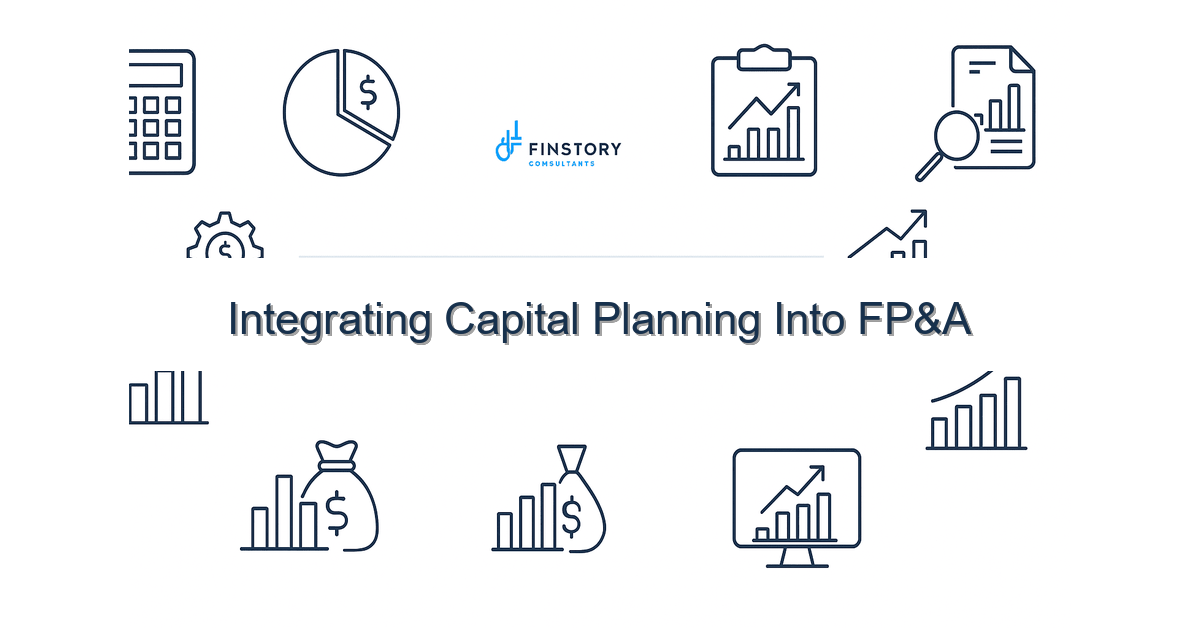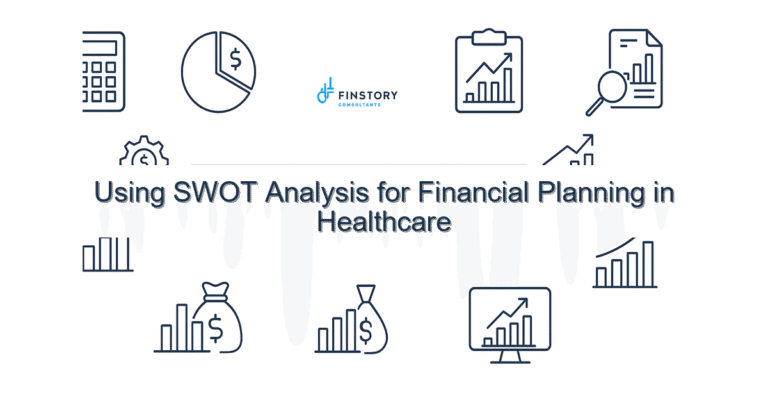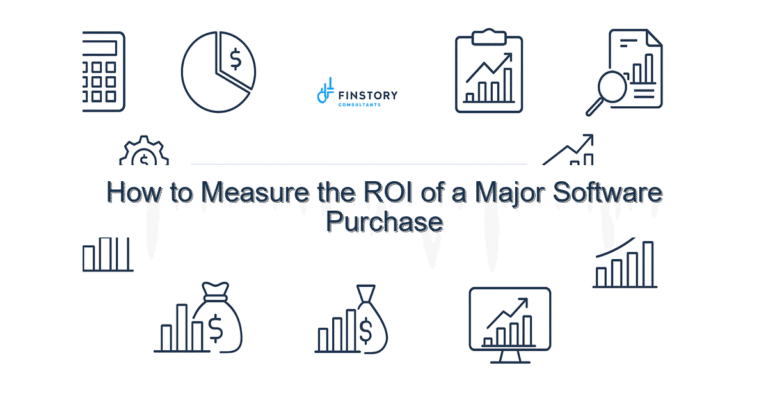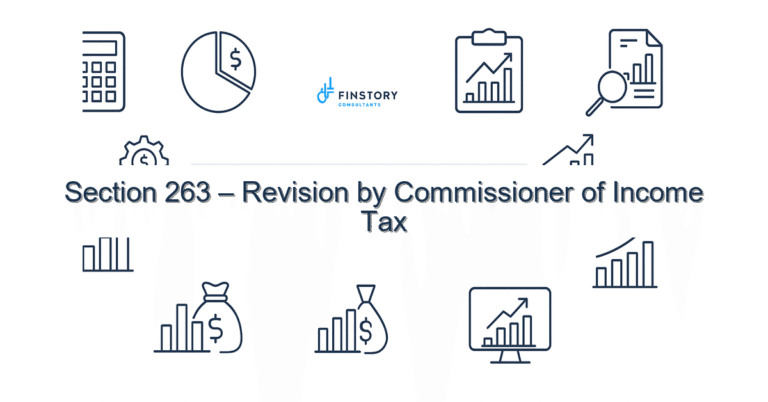Integrating Capital Planning Into FP&A
Every quarter you face the same squeeze: clinical leaders need new equipment, the board demands ROI visibility, and your numbers still live in spreadsheets. You’re trying to be strategic while firefighting—you’re not alone, and this is fixable.
Summary: Integrating capital planning into FP&A gives healthcare leaders a unified view of operating and capital spend so you can prioritize projects, shorten planning cycles, and show measurable ROI on capex decisions.
What’s the real problem?
In many hospitals and health systems, capital planning and FP&A live in different lanes. Capital requests arrive as PDFs or emails; FP&A runs operating forecasts in a separate model. That disconnect creates blind spots: you can’t see how a $3M imaging purchase affects cash, margins, or staffing for the next 36 months.
- Approval delays because the finance team must manually translate capex requests into operating impacts.
- Poor prioritization: high-cost projects get approved without clear ROI or downstream cost impacts.
- Reporting gaps that frustrate the board and clinical leaders—numbers don’t reconcile between capex and operating models.
- Planning cycles that take weeks instead of days because of duplicated work and version control issues.
What leaders get wrong
Too many leaders try to bolt capital planning onto existing processes without changing how decisions are made. Common mistakes:
- Keeping capex as a separate committee exercise, then expecting FP&A to retrofit the impacts.
- Assuming more detail equals better decisions—overly complex templates slow approvals and hide trade-offs.
- Relying on manual reconciliations between capital and operating models, which creates month-end surprises.
- Not engaging clinical and operations leaders early, so projects surface late with unrealistic schedules.
A better approach to integrating capital planning into FP&A
Integrating capital planning into FP&A means designing one decision engine where capex requests, operating impacts, and cash forecasts live together. Here’s a simple 4-step framework that works in healthcare.
- Standardize inputs: Create a short capex intake form capturing cost, timeline, expected revenue/efficiency impact, staffing changes, and risk. Make it mandatory before committee review.
- Driver-based impact mapping: Translate the intake into a small set of drivers—volumes, length of stay, reimbursement mix, and staffing FTEs—and link those to the FP&A model.
- Scenario scoring and prioritization: Score projects by ROI, strategic fit, and risk. Run 2–3 scenarios (best, base, downside) in the integrated model to show financial and operational trade-offs.
- Embed governance and regular cadence: Set a monthly capex review that’s part of the FP&A cycle so approvals and forecasts update together.
Real-world story: A mid-sized regional health system reduced its capital approval cycle from 10 weeks to 3 weeks after building a one-page intake form and linking it to their FP&A drivers. They discovered that postponing two lower-scoring projects freed cash to accelerate a high-impact telehealth rollout—with an expected 18% increase in clinic throughput.
Quick implementation checklist
- Create a one-page capex intake template and publish it to clinical leaders.
- Map 5–8 FP&A drivers that capture operating impact (e.g., patient volumes, reimbursement rates, FTEs).
- Identify owner(s) in FP&A to translate intake forms into model inputs within 48 hours.
- Set a monthly capital review meeting on the same calendar as the FP&A forecast refresh.
- Build three standard scenarios: base, upside, downside; automate results into a one-page dashboard.
- Use a simple scoring sheet (ROI, strategic alignment, risk) for prioritization.
- Train two clinical or operational champions to complete the intake form correctly.
- Publish a reconciled monthly report that shows approved capex, expected cash outflows, and operating impacts.
What success looks like
- Forecast accuracy improves: variance to plan for operating margin narrows by 20–30% once capex impacts are integrated.
- Approval cycle time drops from weeks to days—typical improvement: 60–70% faster.
- Higher return on invested capital: prioritization yields 10–25% better portfolio ROI in the first 12 months.
- Fewer surprises at month-end: reconciliations decline by 50% as capex and operating forecasts align.
- Leadership trust increases: one-page dashboards reduce executive review time and accelerate buy-in.
Risks & how to manage them
Top risks when integrating capital planning into FP&A—and how to mitigate each:
- Risk: Data quality gaps. Mitigation: Start with conservative assumptions and one or two verified data links (e.g., EHR volumes, payroll extracts).
- Risk: Stakeholder resistance. Mitigation: Use pilot projects with willing clinical champions to demonstrate quick wins and reduce friction.
- Risk: Tool inertia—existing systems don’t talk to each other. Mitigation: Use light-weight integrations or intermediate CSV imports and standard mappings while building toward automation.
Tools & data
Successful integration uses a mix of process, data, and tools. Finance automation platforms can stitch capital requests into FP&A models; Power BI or similar tools surface leadership reporting; and driver-based models keep the work flexible.
Examples:
- Use finance automation to extract approved capex and feed expected cash flows into the forecast.
- Build a Power BI dashboard that shows approved projects, forecasted cash outflows, and operating impacts for executive reviews.
- Keep a simple mapping table between capex line items and FP&A drivers (e.g., imaging purchase → increased capacity → revenue uplift).
For help implementing, see our posts on driver-based planning and our financial automation services to accelerate integrations.
FAQs
- Q: How long does integration take?
A: A lightweight integration and process change can deliver measurable results in 6–10 weeks. Full automation may take 3–6 months depending on systems. - Q: Do we need a new tool?
A: Not always. Start with standardization and driver mapping; add automation where it removes manual work. Power BI or a cloud FP&A tool accelerates visibility. - Q: Who should own the process?
A: FP&A should own the model and cadence, with a clinical co-owner to validate assumptions and timelines. - Q: Will this increase workload for clinical teams?
A: A good intake form takes 10–15 minutes. The goal is to reduce rework and speed approvals, not add bureaucracy.
Next steps
If you want to stop reacting and start prioritizing capital with clarity, begin by standardizing your capex intake and linking it to 5 key FP&A drivers. From there, score projects and run scenarios monthly so capital decisions and forecasts move together.
Ready to explore integrating capital planning into FP&A for your organization? Contact Finstory for a short, no-pressure discovery call and a tailored roadmap that fits your systems and culture. Learn how our team helps health systems build driver-based models and automate reporting—see our capex prioritization guide for examples.
Work with Finstory. If you want this done right—tailored to your operations—we’ll map the process, stand up the dashboards, and train your team. Let’s talk about your goals.
📞 Ready to take the next step?
Book a 20-min call with our experts and see how we can help your team move faster.
Prefer email or phone? Write to info@finstory.net
or call +91 44-45811170.






